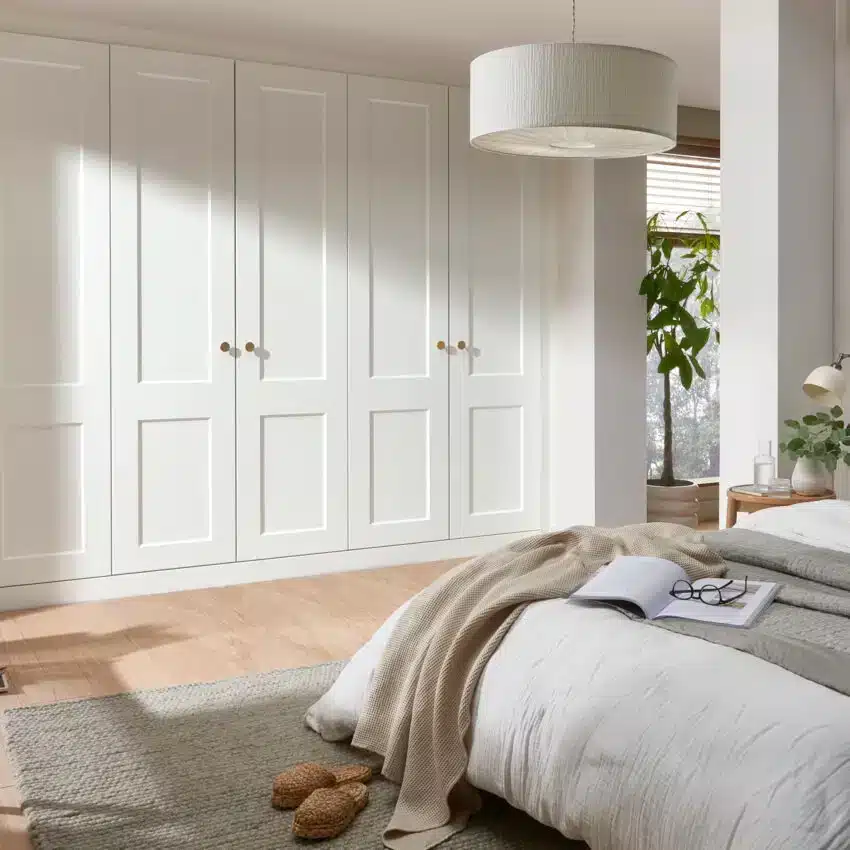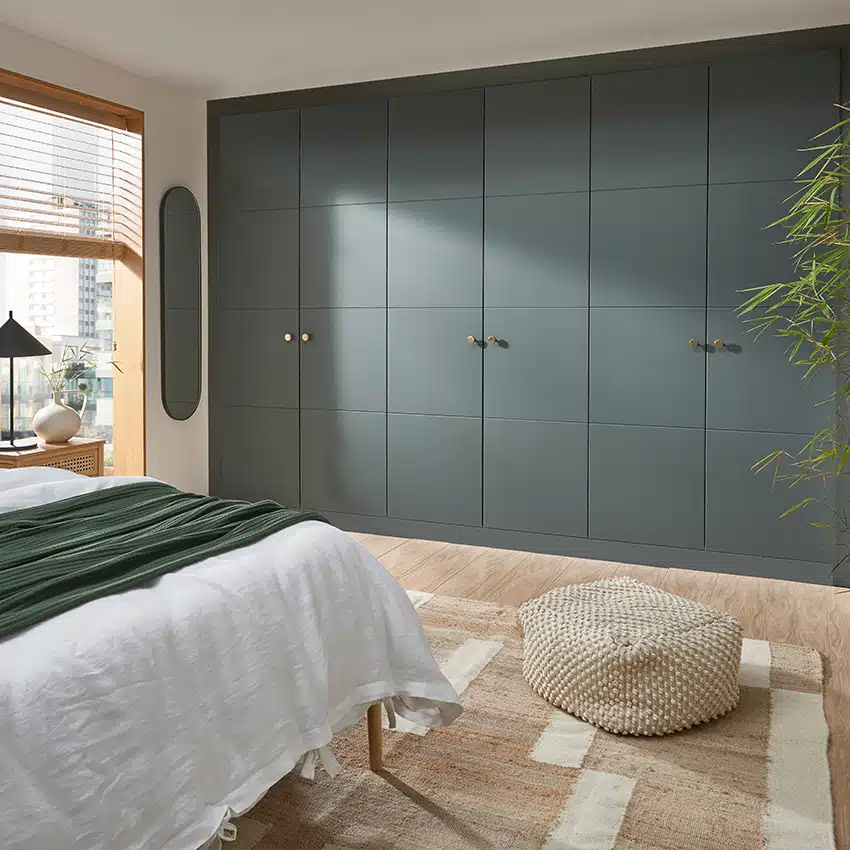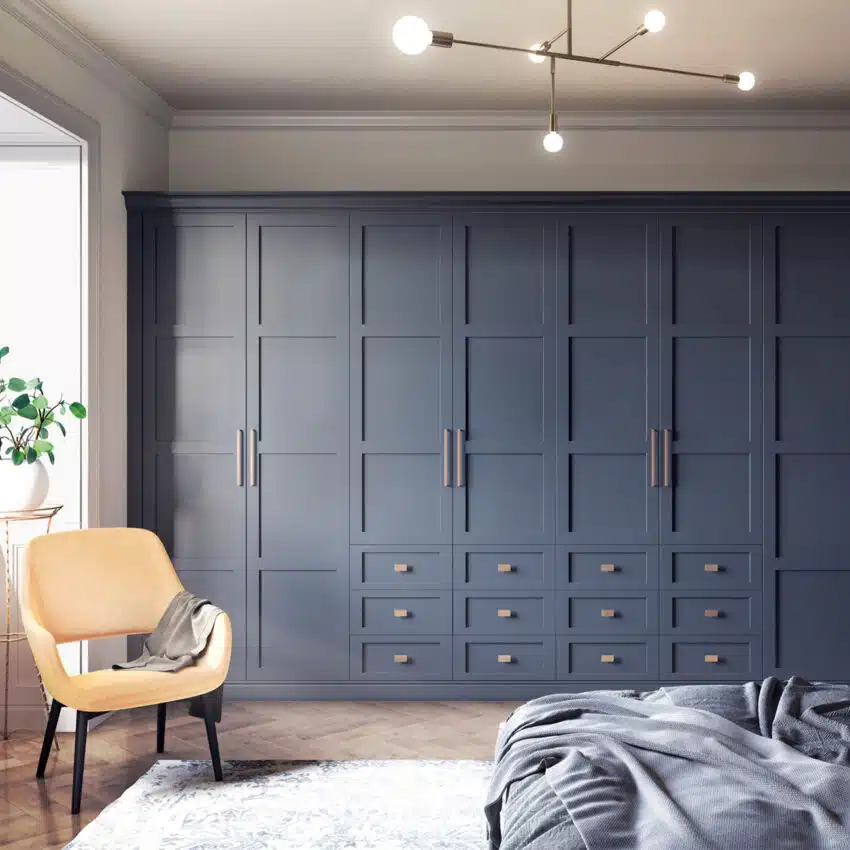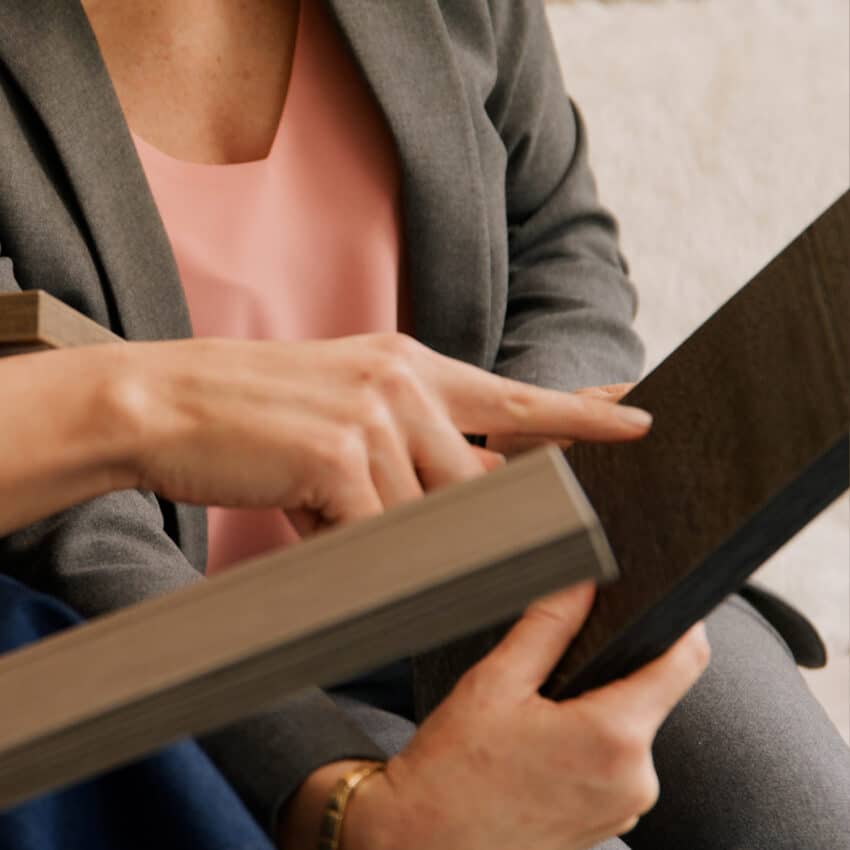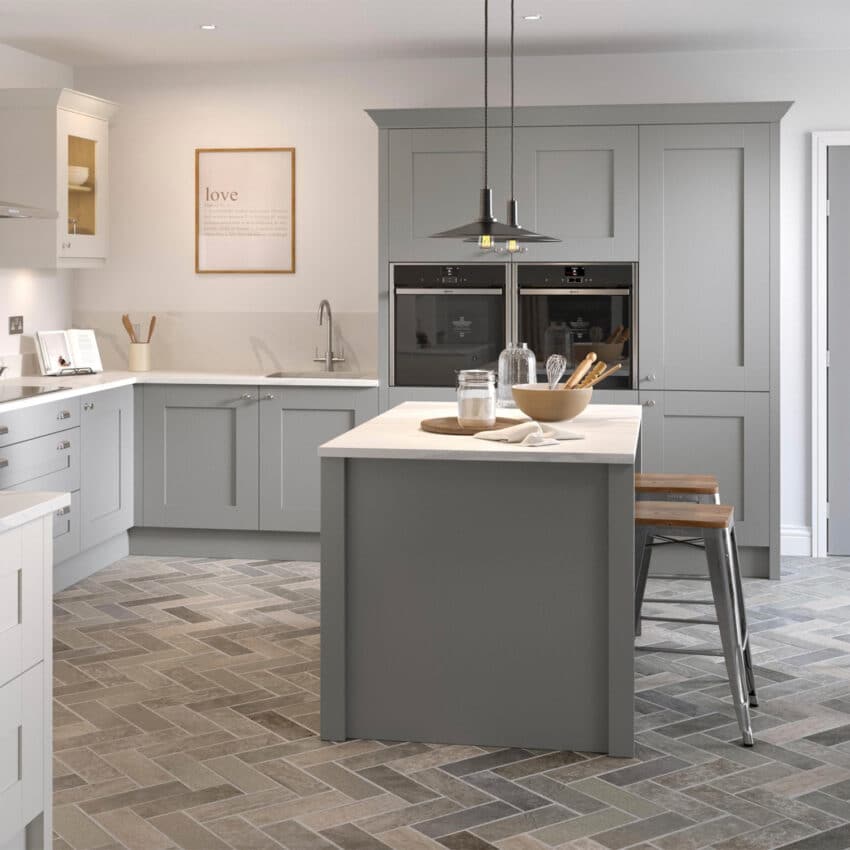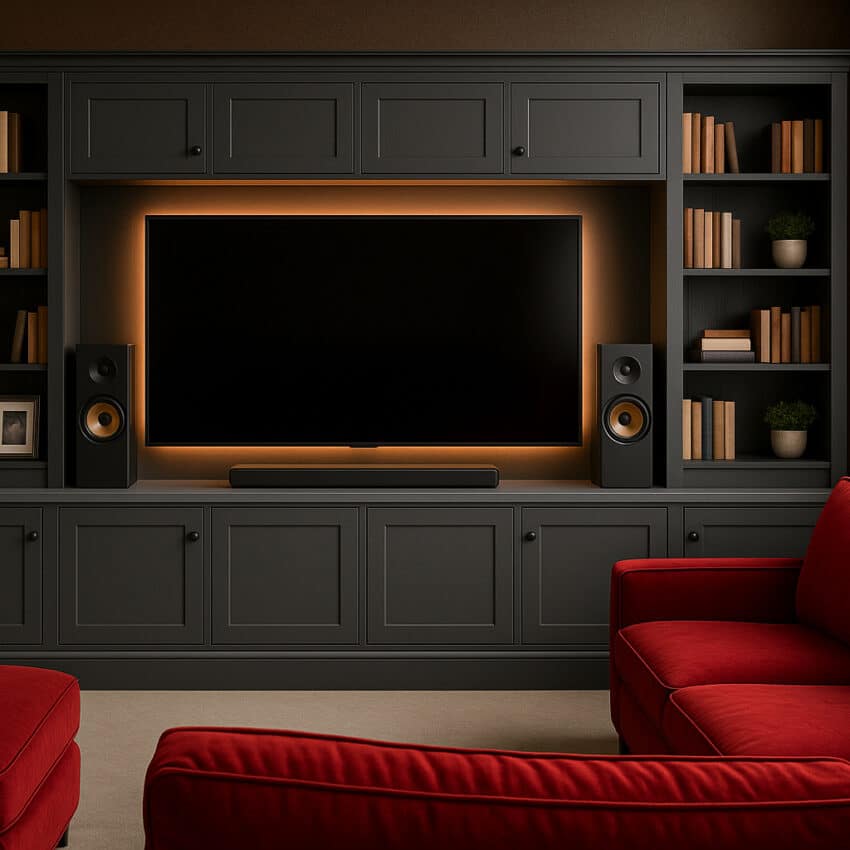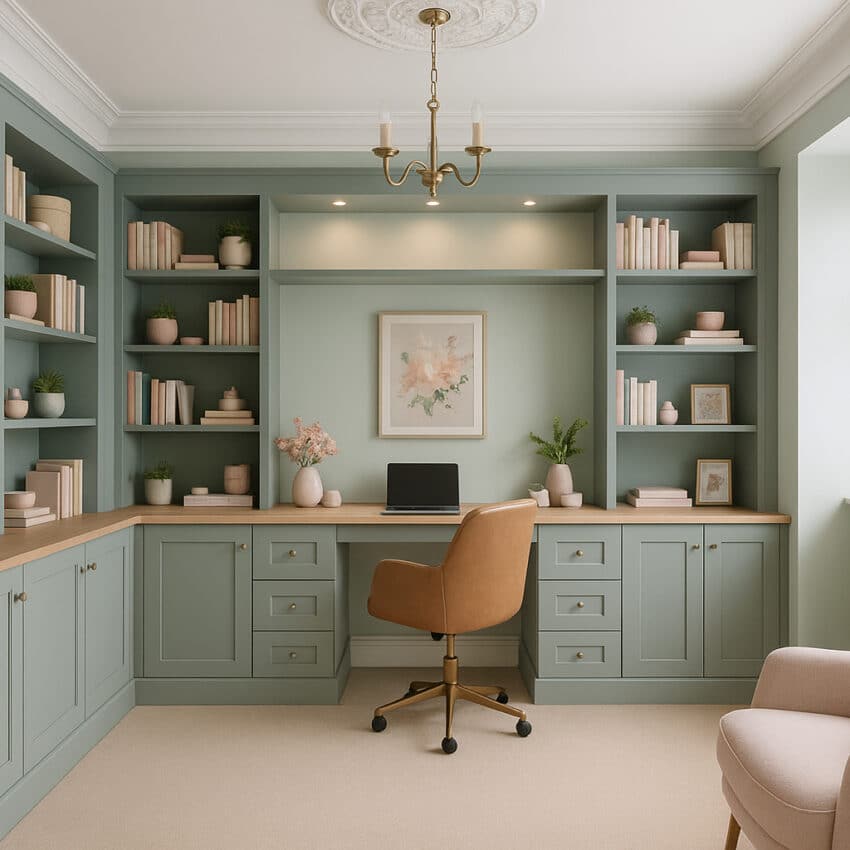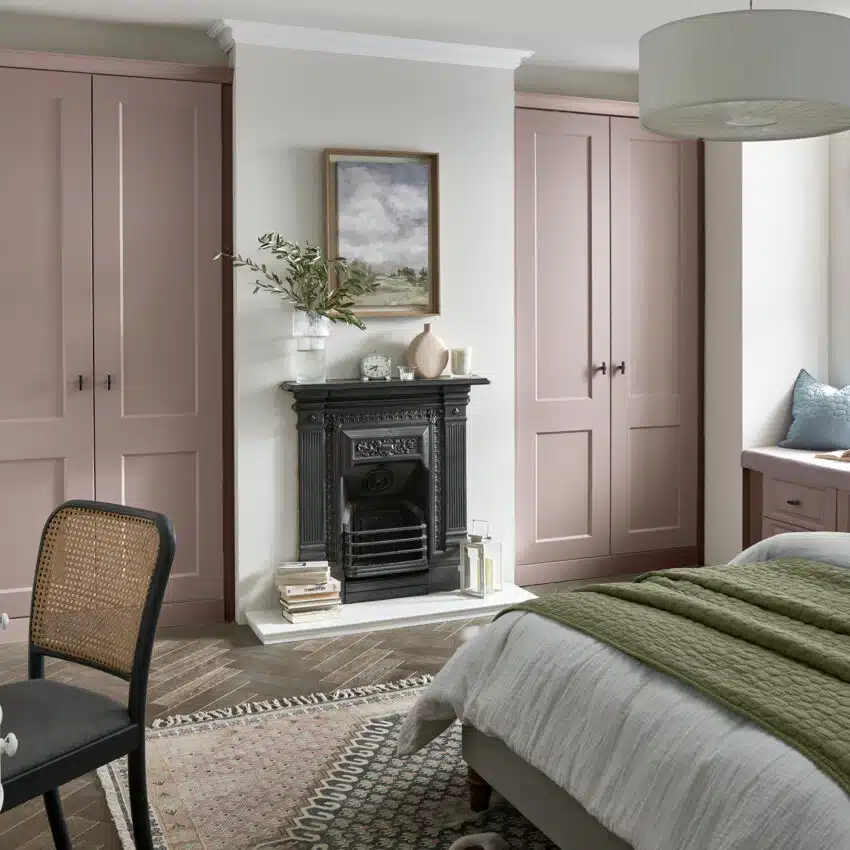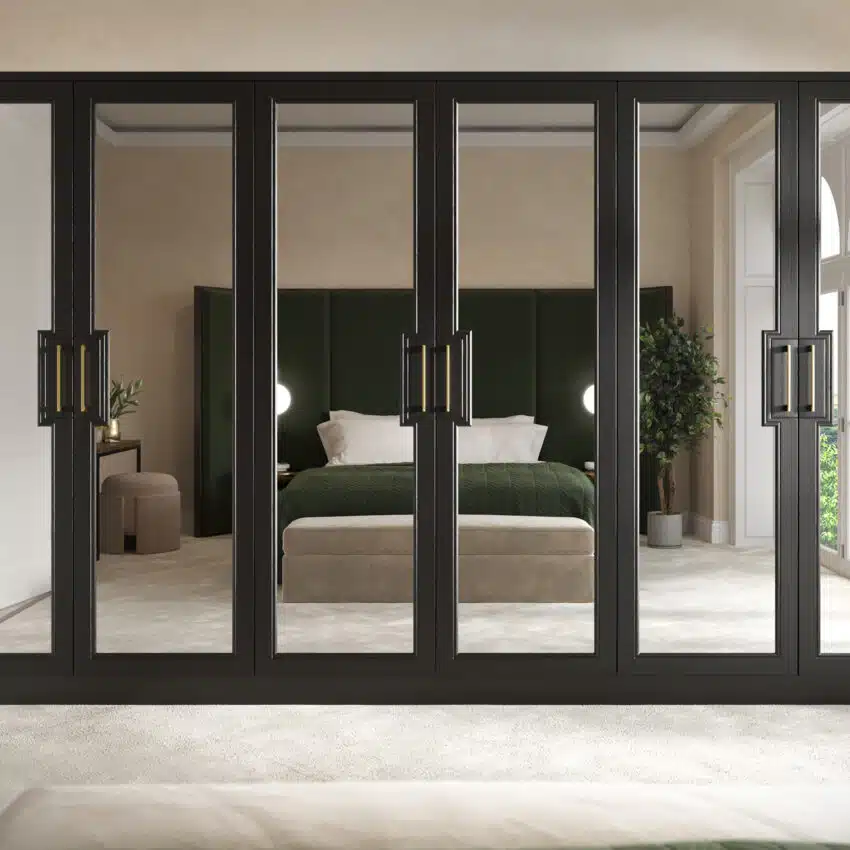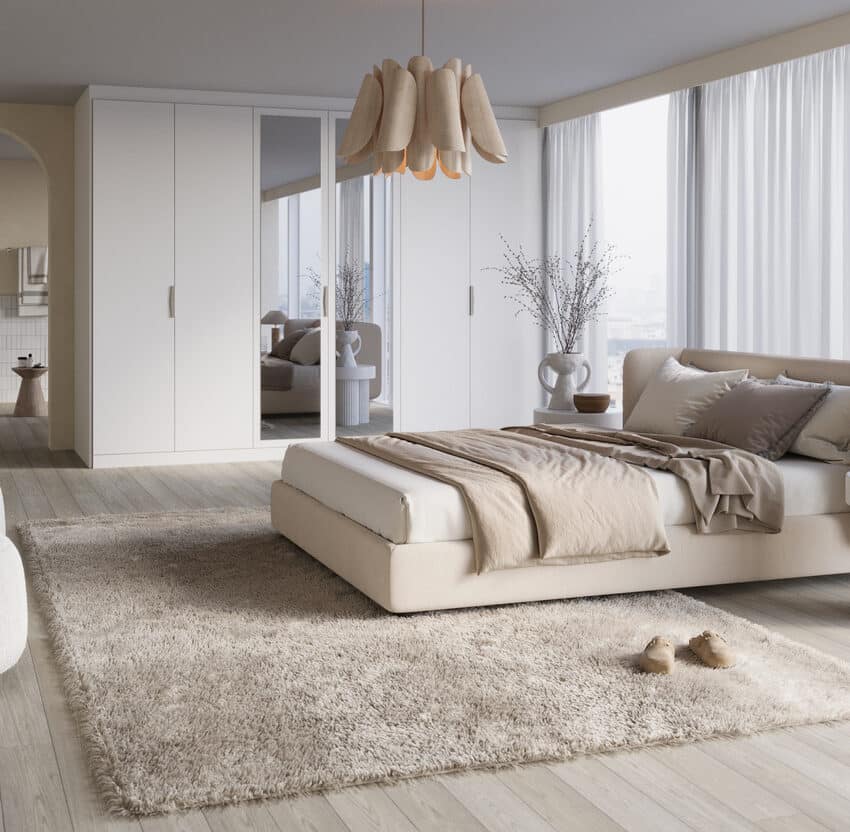What are the best colours for fitted wardrobes?
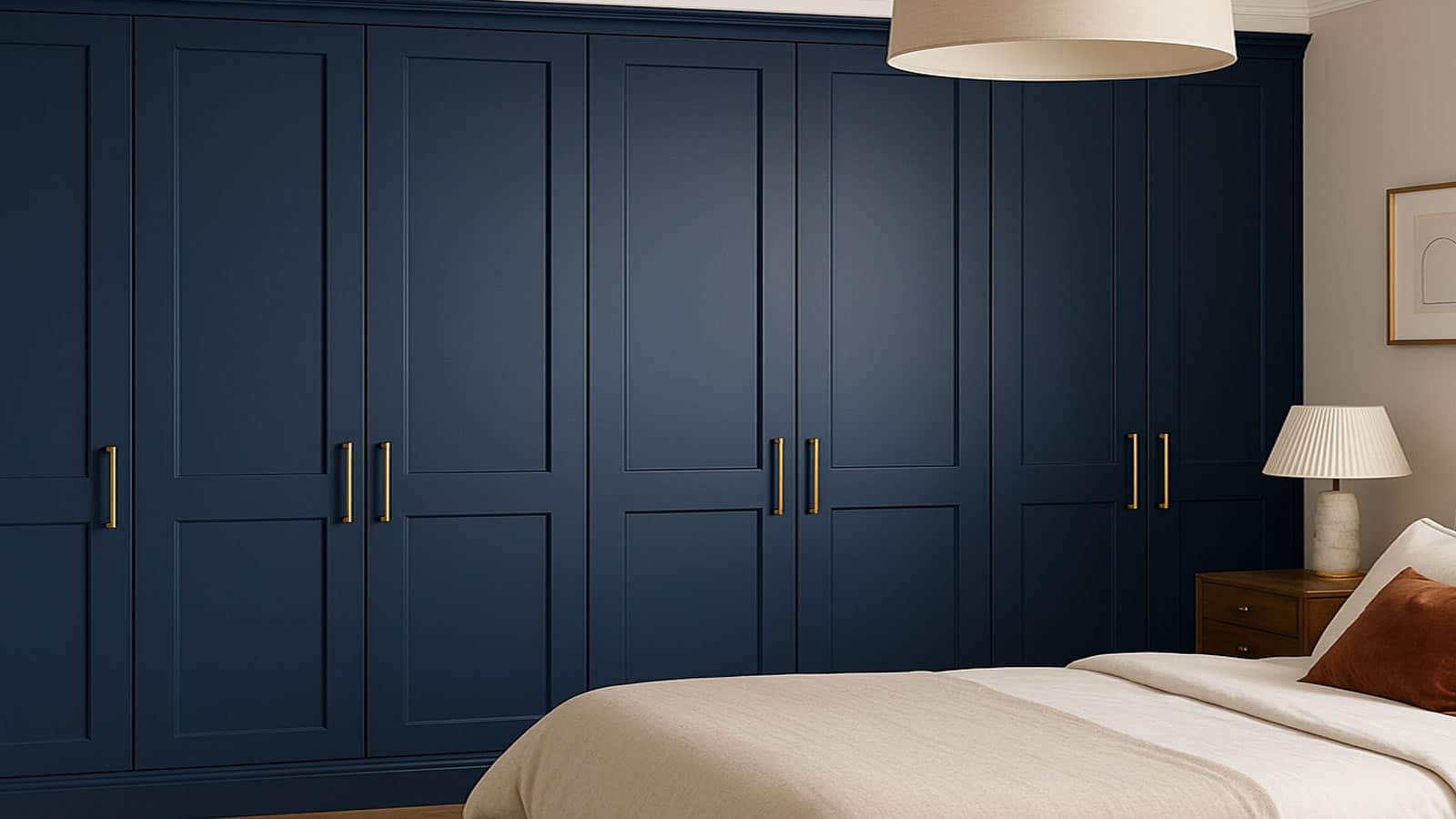
We asked our Head of Design Megan Barker for her thoughts on a very personal and often immotive decision we all have to make when taking on a bedroom refurbishment project.
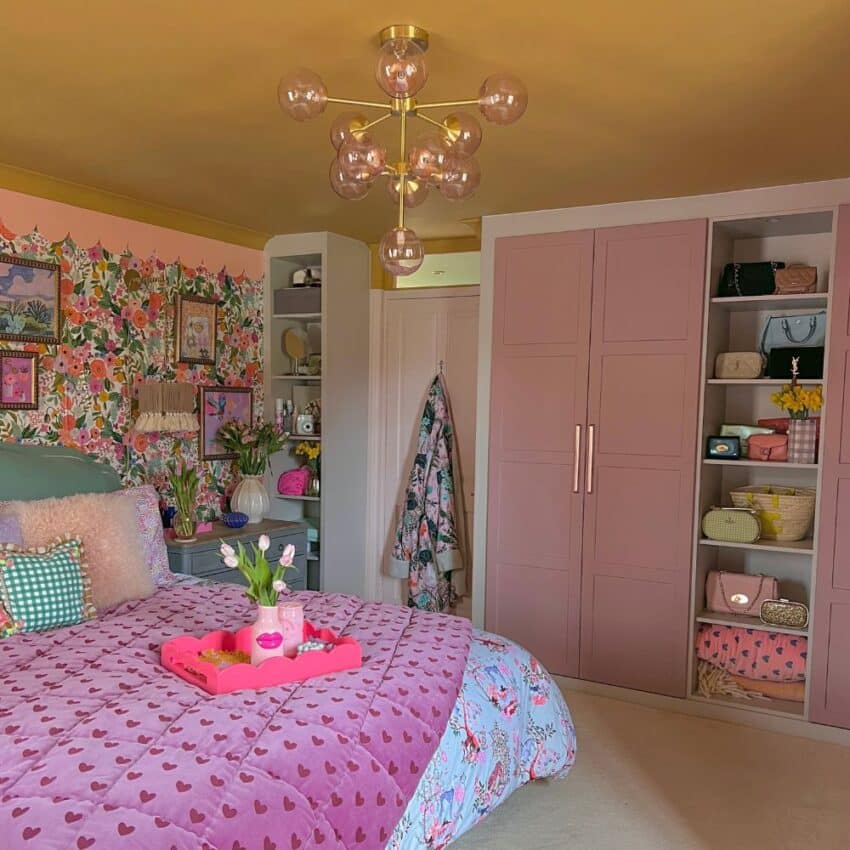
What are the best colours for fitted wardrobes?
Megan begins “When you’re choosing fitted wardrobes, the colour you go for can completely change the look and feel of your bedroom. It’s not just about picking something that looks nice in a showroom — it’s about choosing a finish that suits your space, matches your style, and still looks good a few years later when trends have moved on and you’ve maybe repainted the walls twice.
So what are the most popular colours for fitted wardrobes right now and what makes them so appealing?”
Well let’s start with the classics. White is still one of the most requested colours for fitted wardrobes, and it’s not hard to see why. It’s clean, bright, and works in just about any room. White wardrobes reflect light, so they’re brilliant in smaller bedrooms or anywhere that doesn’t get much natural sun. Personally, I think white gives off a timeless, built-in look that makes a wardrobe feel more like a seamless part of the room. It’s also a good base if you like to switch up your room decor from time to time — white goes with anything so if you feel the need you can go adventurous with your bedding and accessories you can bring colour into your life with no hassle.

White is followed closely by a palette of light greys. Soft greys have become hugely popular in home interiors generally, and fitted wardrobes are no exception. A gentle grey gives you that same neutral versatility as white, but with a bit more depth and a slightly warmer, more contemporary feel. It’s a colour that feels calm and grown-up, and it looks great with white walls, wood floors, and all the neutral-toned accessories that are so popular right now. Some people find white a little cold and grey is a nice way to get the same clean look without it feeling clinical.
If you’re after something a bit bolder, navy blue or indigo has become increasingly popular over recent years. Deep blue fitted wardrobes create a sense of drama and luxury, especially when paired with gold handles or warm metallics. They’re not for the faint-hearted, but they can look stunning — especially in rooms with high ceilings or lots of natural light. What’s interesting about navy is that it still works like a neutral in many ways. You can pair it with whites, greys, woods, or even blush pinks, and it holds everything together without clashing. It’s become the go-to bold choice for people who want something different, but still elegant.
Speaking of elegance, cashmere tones continue to be hugely popular. Not quite grey, not quite beige, cashmere sits somewhere in between and brings a soft, warm finish to a room. It’s subtle and understated, but still feels intentional and stylish. It’s especially popular in homes with more traditional architecture — think bay windows, picture rails, and that classic 1930s layout — but it works just as well in modern homes when you’re after that calm, neutral base. It’s the kind of colour that makes a room feel instantly cosy.
Maybe not as popular, yet natural wood effect finishes, have seen a bit of a revival recently. Many people are moving away from that shiny, flat look and towards textures that feel more organic. Light oak, in particular, is a strong contender. It brings warmth and texture without overpowering the space, and it looks brilliant when mixed with other materials — like matt black handles, glass shelves, or even a splash of white or grey on surrounding furniture. You get that Scandinavian-style simplicity that feels both modern and timeless. It’s a nice way to add character without going full rustic.
Darker wood finishes, like walnut or smoked oak, have a smaller but loyal fanbase. They’re rich, dramatic, and often used to create a more luxurious or moody look — often in media rooms, dressing rooms, or master bedrooms with darker paint on the walls. They’re not quite as mainstream as white or grey, but for the right home, they work beautifully.
For anyone leaning towards a soft colour with a bit more personality, our Reed Green is becoming really fashionable. Not bright green — think more along the lines of a soft green-grey. These kinds of tones bring a bit of the outside in, which is something a lot of people are looking for, especially post-lockdown when we all got a bit more obsessed with plants and natural materials. A Reed Green wardrobe looks particularly lovely against off-white walls, wooden floors, or brass detailing.
And finally, there’s black. Not a common choice, but when it’s done well, it can be really impactful. Black fitted wardrobes are sleek, dramatic, and very modern — they’re the opposite of trying to blend in. If you’ve got a minimalist space or you’re working with a strong monochrome scheme, black can be incredibly stylish. But it’s definitely a high-commitment colour, so think twice!— not one to pick lightly.
So, what’s the takeaway from all this? Well, most people still lean towards whites, greys or cashmere for thee versatility and timeless appeal. But there’s definitely a growing appetite for bolder colours and more texture — especially with blues, greens, and natural wood tones. The key thing is to think about how the wardrobe colour will work with the rest of your room. It’s a big piece of furniture, so whatever you choose is going to make a statement — even if it’s a quiet one.
Trends will come and go, but the best colour for your fitted wardrobe is the one that makes you feel good every time you walk into the room. Whether you play it safe with classic neutrals or go bold with navy or dark green, it’s your space — make it work for you.”
Megan is our Head of Design and spends much of her time researching colour and texture palettes for our design team to ensure we are always informed of upcoming trends and whenever we can setting them.

